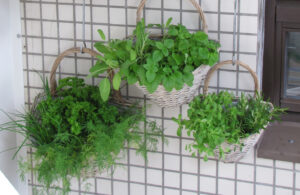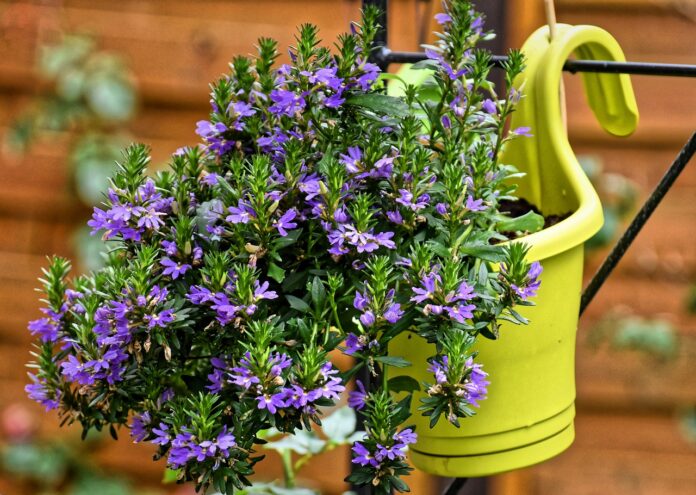In the modern world, where green spaces are often a luxury, creating a vertical garden is a brilliant way to bring nature into even the tiniest of living areas. A vertical garden not only adds visual appeal to your home but also offers a refreshing touch of nature, improving air quality and enhancing your overall well-being. Whether you have a petite balcony, a compact courtyard, or just a bare wall crying out for attention, a vertical garden is the perfect solution to infuse life and vibrancy into your space. In this guide, we’ll take you through the steps of crafting your very own vertical garden oasis.
Choosing the Right Plants
Before you embark on your vertical garden journey, it’s crucial to select plants that are well-suited for the conditions of your space. Consider factors such as sunlight, humidity, and wind exposure. Opt for low-maintenance and compact plants like succulents, herbs, ferns, and trailing vines. These plants thrive in vertical gardens and are a treat for the eyes with their diverse colours and textures. If you can’t make a choice, don’t be afraid to ask for help from local nursery experts.
Creating a Sturdy Frame
A sturdy frame is the backbone of your vertical garden. The type of frame you choose depends on your space and personal aesthetics. You can repurpose wooden pallets, build a tiered shelving unit, or install a grid system. Ensure the frame is securely attached to the wall and has proper support. Once your frame is ready, consider adding a moisture barrier to protect your wall and ensure longevity.
Preparing the Soil

Quality soil is essential for the success of your vertical garden. Choose a well-draining mix that retains moisture without becoming waterlogged. You can make your own soil blend by combining potting soil, perlite, and compost. Fill each planting pocket within the frame with your prepared soil, leaving enough space for the plants to settle comfortably.
Planting Your Garden
Now comes the creative part – planting your chosen green companions. Arrange your plants according to their growth habits and light requirements. Place taller plants towards the back of the frame and trailing or shorter plants towards the front. Feel free to mix and match different plant types for a visually appealing arrangement. As you plant, be mindful of providing ample space for each plant to flourish.
Maintenance and Care

A vertical garden, like any other garden, requires regular maintenance. Water your plants consistently, ensuring that excess water drains properly. Use a drip irrigation system or a simple watering can with a narrow spout to avoid water pooling. Regularly prune and deadhead your plants to encourage healthy growth and prevent overcrowding. Monitor for pests and diseases and take prompt action if any issues arise.
Embrace the Greenery
As your vertical garden flourishes, you’ll find yourself surrounded by a lush and vibrant oasis that is sure to captivate you and your guests. The beauty of a vertical garden lies not only in its aesthetics but also in its ability to transform small spaces into inviting retreats. So, embrace the greenery, nurture your botanical haven, and relish the sense of accomplishment that comes with creating a stunning vertical garden in your limited space.


